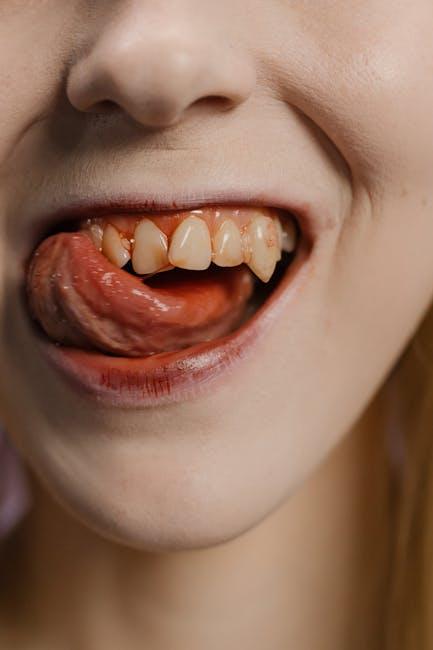
Does Medicaid Cover Dental? Orthodontics, Common Procedures & State Coverage
If you’ve ever wondered, does Medicaid cover dental care? you’re not alone. Dental health is a crucial part of overall well-being, yet many people aren’t sure if their Medicaid plan includes dental benefits. This guide provides an in-depth look at Medicaid dental coverage, including orthodontics, common dental procedures, and how coverage varies from state to state. Whether you’re exploring coverage for yourself or a loved one, we’ve got you covered.
Understanding Medicaid Dental Coverage
Medicaid is a state and federally funded program designed to help eligible low-income individuals and families access health care. However, dental benefits under Medicaid differ significantly based on age, state policies, and individual plans.
Dental Coverage for Children vs. Adults
By law, all state Medicaid programs must provide dental benefits to children under the age of 21, covering routine and necessary dental services. However, adult dental benefits are optional and vary widely by state.
- Children (under 21): Mandatory coverage including exams, cleanings, X-rays, fillings, and sometimes orthodontics.
- Adults (21 and over): Coverage varies; some states offer comprehensive dental benefits, while others provide limited or emergency-only services.
Common Dental Procedures Covered by Medicaid
Medicaid dental services typically cover preventative and restorative care, but the specific procedures can differ.
Standard Procedures Included
- Routine dental exams and cleanings
- X-rays (bitewing and panoramic)
- Fillings to treat cavities
- Extractions and oral surgery
- Root canals
- Emergency dental services
Orthodontics Coverage
Orthodontic treatment such as braces is usually covered for children under Medicaid if deemed medically necessary, for example, to correct cleft palates, severe bite issues, or other dental anomalies. For adults, orthodontics coverage is rare and dependent on the state and medical necessity.
State-by-State Medicaid Dental Coverage Overview
Because Medicaid is jointly funded by the federal government and individual states, dental benefits fluctuate significantly. Here’s a brief snapshot of how dental coverage varies among states for adult beneficiaries:
| State | Adult Dental Coverage Level | Orthodontics Coverage |
|---|---|---|
| California | Comprehensive | Limited – Medically necessary only |
| Texas | Emergency only | No |
| New York | Comprehensive | Yes, with restrictions |
| Florida | Limited | No |
| Ohio | Comprehensive | Medically necessary only |
Visit your state Medicaid website or Healthinsurance.org’s state comparison tool for the most up-to-date and detailed information.
Benefits of Medicaid Dental Coverage
Having dental coverage through Medicaid offers several important advantages:
- Preventative care: Regular dental visits help prevent tooth decay and gum disease.
- Reduced health complications: Poor oral health can lead to cardiovascular disease, diabetes complications, and more.
- Cost savings: Medicaid coverage can relieve the financial burden of expensive dental procedures.
- Access to orthodontics: For eligible children, Medicaid can provide braces or other corrective treatments.
Practical Tips to Maximize Medicaid Dental Benefits
- Know your state’s policy: Confirm what dental services are covered for adults and children.
- Find Medicaid dental providers: Use state directories to locate dentists who accept Medicaid.
- Schedule preventative visits: Don’t wait until you have a dental emergency—routine care is key.
- Keep documentation handy: For orthodontics or specialized treatments, ensure your dentist documents medical necessity to increase chances of coverage approval.
- Advocate for yourself or your child: If coverage is denied, ask about appeal options or seek assistance from Medicaid advocates.
Case Study: Orthodontic Coverage under Medicaid
Maria’s Story: Maria’s 12-year-old son needed braces to correct a severe overbite which was affecting his speech and oral function. Through her state’s Medicaid program, she was able to get orthodontic approval because the treatment was determined medically necessary. The procedure was covered, vastly improving her son’s quality of life and confidence. This example shows the importance of knowing and utilizing Medicaid dental benefits for children.
Frequently Asked Questions (FAQs)
1. Does Medicaid cover dental for adults in all states?
No. Adult dental coverage under Medicaid varies by state, with some states offering full coverage, some limited, and others emergency-only.
2. Is orthodontic treatment covered by Medicaid?
Orthodontics is typically covered for children under Medicaid if medically necessary. For adults, coverage is rare and depends on state policies.
3. How can I find a Medicaid dentist near me?
Check your state’s Medicaid website or use Healthinsurance.org’s provider locator tools to find dentists accepting Medicaid.
4. What steps should I take if my Medicaid dental claim is denied?
You can file an appeal, ask your dentist to provide additional medical justification, or seek help from a Medicaid caseworker or advocate.
Conclusion
Medicaid dental coverage is an essential resource for millions of Americans, especially children, to access preventive and corrective dental care. While children’s dental benefits are guaranteed nationwide, adult dental coverage under Medicaid is less consistent and varies heavily by state. Orthodontic care is primarily covered for children when deemed medically necessary, but adult coverage is more limited. By understanding your state’s Medicaid dental policies and utilizing practical tips, you can make the most out of your dental benefits and maintain a healthy smile.
For detailed, personalized guidance, always check with your state Medicaid program or trusted resources like Healthinsurance.org to keep up to date on coverage changes and options.


